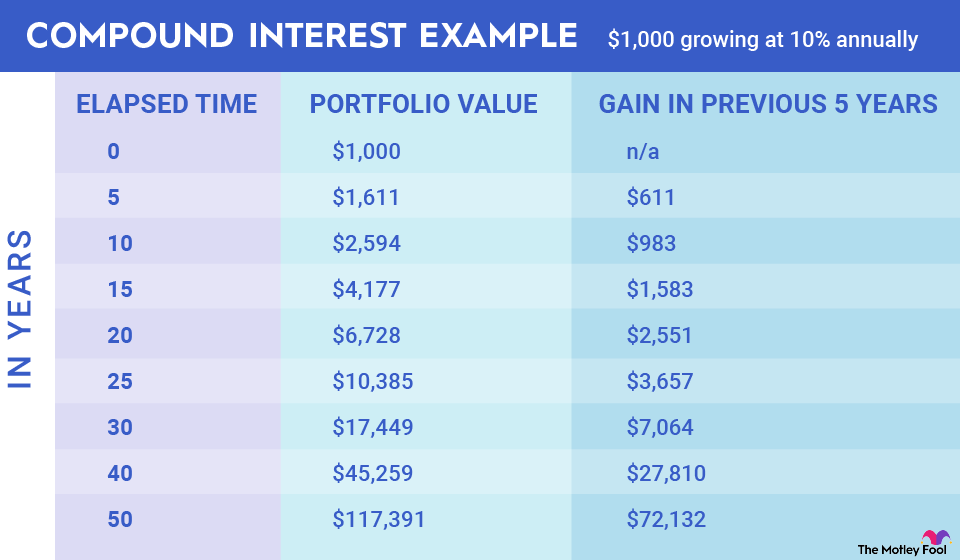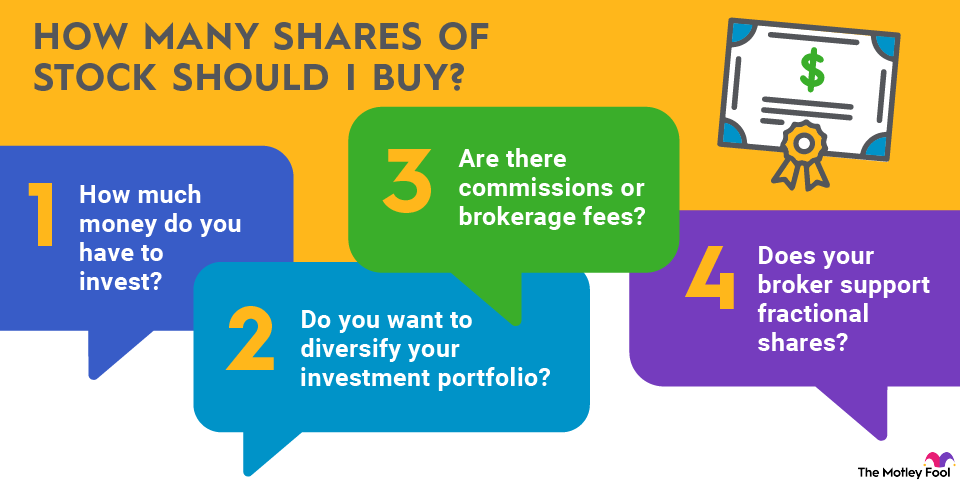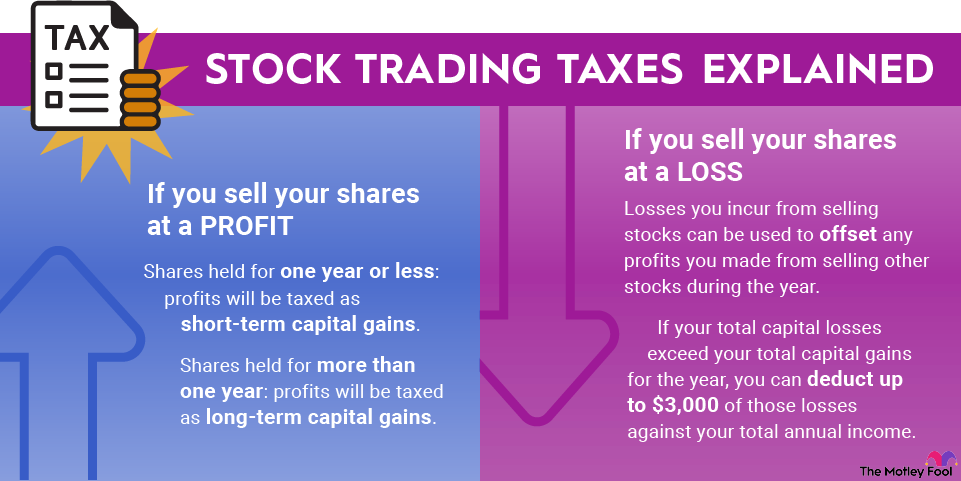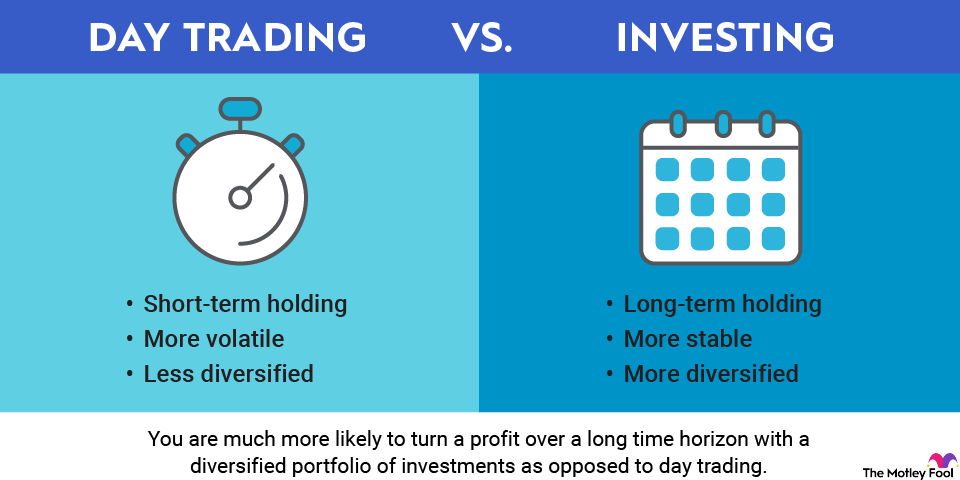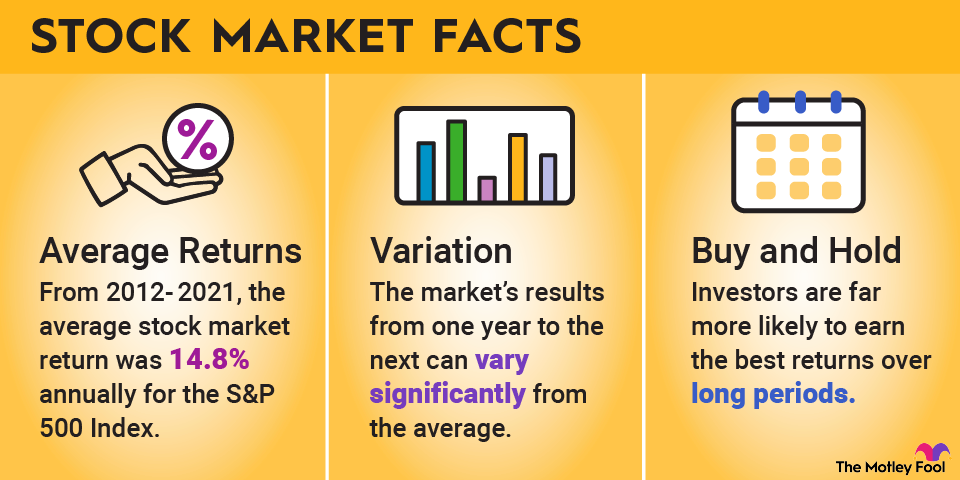If you're getting into semiconductor investments for the first time, Intel's (INTC +1.22%) stock could be a compelling choice. Known for its historic role in the computer chip innovation, Intel has been a cornerstone of advanced technology and a staple in many investment portfolios for decades.

NASDAQ: INTC
Key Data Points
Stock
Intel isn't just about chips; it's a symbol of enduring strength in the tech sector. By investing in Intel, you're not just buying a piece of a company. You're becoming part of a legacy that has shaped the digital age.
Getting to know Intel
Intel is known primarily for microprocessors that power a vast majority of the world's personal computers and many big-iron mainframe server systems. Intel's journey began in 1968; since then, it has evolved into a multifaceted tech giant, delving into areas like data centers, the Internet of Things (IoT), and artificial intelligence (AI).
By the end of 2022, Intel had demonstrated its resilience and adaptability in a rapidly changing tech landscape. Despite facing stiff competition and the challenges of a dynamic market, Intel continued to innovate and maintain a significant presence in the global semiconductor industry. This adaptability and persistence make Intel an intriguing option for investors looking to tap into the tech sector.
At the same time, the AI boom that started with OpenAI's ChatGPT release in 2022 revealed a weakness in Intel's product portfolio. The company does make AI accelerator chips, but it can't compete with Nvidia's (NVDA +1.00%) top-of-the-line products in terms of pure AI training performance. Time will tell how the AI opportunity shapes up over the years, but Nvidia has gotten a huge head start in this race.
How to buy Intel stock
- Open your brokerage account: Log in to your brokerage account where you handle your investments.
- Search for the stock: Enter the ticker or company name into the search bar to bring up the stock's trading page.
- Decide how many shares to buy: Consider your investment goals and how much of your portfolio you want to allocate to this stock.
- Select order type: Choose between a market order to buy at the current price or a limit order to specify the maximum price you're willing to pay.
- Submit your order: Confirm the details and submit your buy order.
- Review your purchase: Check your portfolio to ensure your order was filled as expected and adjust your investment strategy accordingly.
Should I invest in Intel?
Now that you know how to buy Intel shares, let's consider its potential value as a long-term investment.
Is Intel profitable?
Intel's financial health has shown resilience over time, but it doesn't always produce huge profits. For instance, in the fiscal year 2024, Intel reported revenues of $53.1 billion and $18.8 billion in bottom-line net losses. The company is switching gears to expand its chip manufacturing facilities and resell that service to other semiconductor giants. That's an expensive project. Intel also started the AI surge from a weak position, raising questions about the company's long-term place in that market.
There are other ways to look at profits, and Intel's profitability on a cash-generating basis can vary greatly amid heavy or light infrastructure investments. The company generated $8.3 billion of operating cash flow in 2024 while spending $23.9 billion on maintenance and additions to its chipmaking infrastructure. So, Intel reported negative free cash flow in 2024 due to a massive expansion of its manufacturing capacity.
Does Intel pay a dividend?
Intel has a history of paying dividends, reflecting its commitment to returning value to shareholders. The company's dividend history and yield are important factors for investors seeking income alongside capital appreciation.
Its quarterly payouts increased every year for several decades until the manufacturing-focused strategy shift resulted in a dividend cut in 2023 and a complete halt to payouts after August 2024. The company needed more cash for its manufacturing infrastructure expansion and decided the project was a more important use of cash than the formerly generous dividend policy. The dividend yield peaked at 5.9% before the cut, dropping to less than 2% and finally to no yield at all.
ETFs with Intel Inside®
Intel is a component of myriad exchange-traded funds (ETFs) offering diversified exposure to the stock. As a member of many market indexes, such as the S&P 500 (SNPINDEX:^GSPC) and Dow Jones Industrial Average (DJINDICES:^DJI), the stock is automatically included in index funds and ETFs that track these popular index lists. Intel's impact on these funds' overall performance is proportionate to its weighting in the ETF, and the stock can be more influential in smaller ETFs.
Exchange-Traded Fund (ETF)
Fund | Shares | Net Asset Value | % Intel Stock |
|---|---|---|---|
Invesco QQQ Trust (NYSEMKT:QQQ) | 88.9 million | $366 billion | 0.6% |
SPDR S&P 500 ETF Trust (NYSEMKT:SPY) | 51.9 million | $654 billion | 0.2% |
Vanguard Value ETF (NYSEMKT:VTV) | 34.8 million | $203 billion | 0.4% |
iShares MSCI USA Value Factor ETF (NYSEMKT:VLUE) | 12.7 million | $7.1 billion | 4.2% |
Will Intel's stock split?
Intel has a long history of stock splits, with eight splits executed between the fall of 1980 and the summer of 2000. Over that period, one Intel share turned into 192 stubs without affecting the stock's overall market value.
Future splits will depend on various factors, including Intel's stock price and corporate strategy. The company doesn't look likely to invoke another split any time soon, but you never know. Keep an eye on Intel's stock performance and company announcements for potential split information.
Related investing topics
Is Intel a good investment?
Intel's investment potential hinges on several factors, including its market position, innovation pipeline, and financial performance. While the stock has experienced fluctuations, Intel's role as a leading semiconductor company and its efforts in areas like AI and IoT position it as a potentially strong long-term investment.
In 2025, Intel was knee-deep into shifting its focus away from in-house chip designs to serve the semiconductor industry at large with third-party manufacturing services. The change was a response to the chip manufacturing shortage that began in the early COVID-19 era and also served to move chipmaking capacity away from China. The U.S. government bought a large batch of new Intel shares in August 2025, taking a 9.9% ownership position in the company.
Intel is undergoing some radical changes at this time and may look quite different in a few years. Bears will argue that this is a bad situation, while bullish investors see a new realm of opportunity instead.
Intel isn't the dominant leader in computing hardware it once was, but the so-called chip foundry strategy could be just as effective in the long run. Intel's stock doesn't fit every investing philosophy, but it may be a great fit for your personal strategy. The stock is certainly worth a second look.




